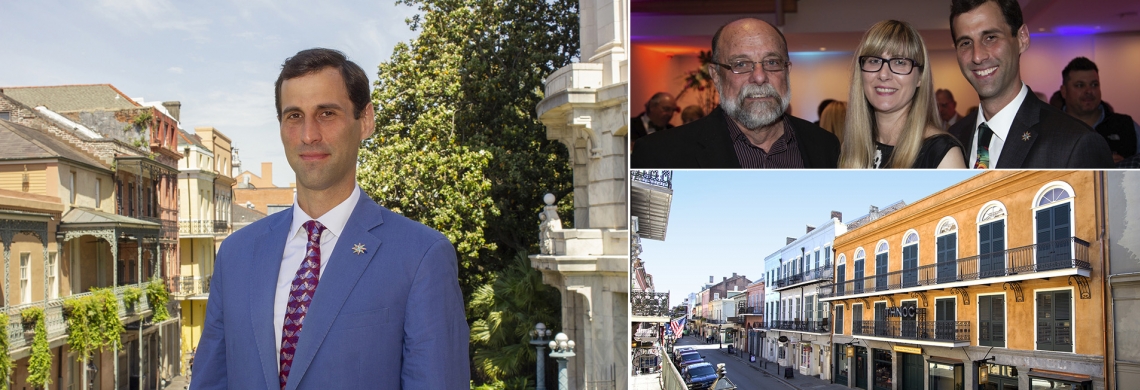Daniel Hammer became president and CEO of The Historic New Orleans Collection on July 1, 2019. He is the organization’s seventh director and the first to have been raised in New Orleans—and, as such, the first to have made a profession out of rooting for the Saints.
Hammer started at THNOC in April 2005 as an hourly worker logging information into an obituary database and filling in as the weekend receptionist. He was hired full time after Hurricane Katrina and moved to THNOC’s Reading Room, where he facilitated research using THNOC’s holdings. He became the institution’s deputy director/vice president in 2014, and succeeded Priscilla Lawrence as president and CEO. Forty-one years old, he lives in Lakeview with his wife and two children, cooking for his family and traveling in his spare time.
THNOC Marketing Associate Eli Haddow sat down with Hammer to discuss his upbringing, his penchant for coffee, his path to a career in history—and, of course, his local favorites.
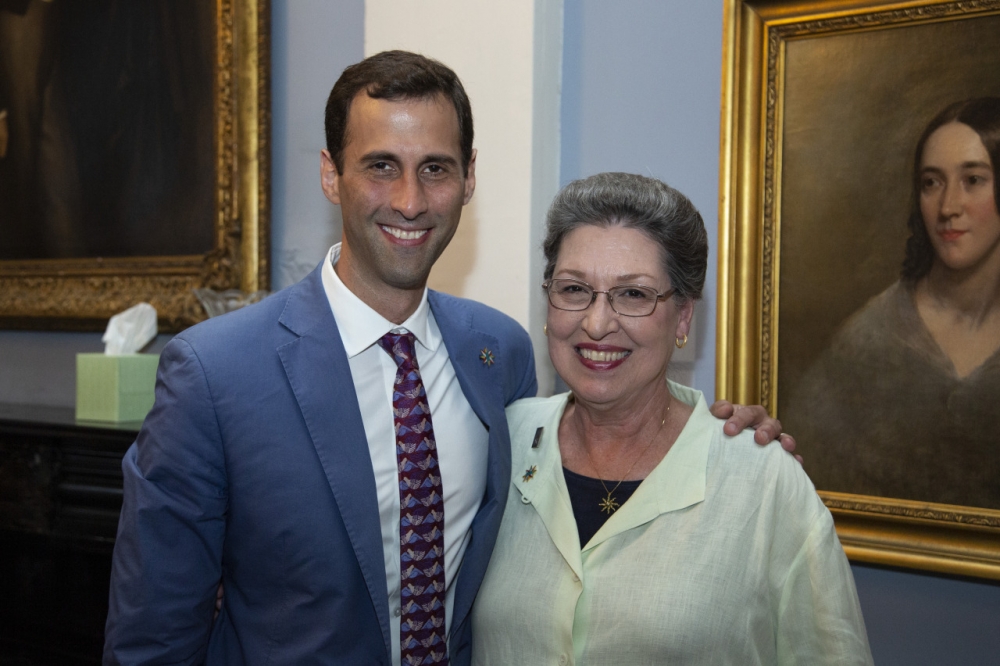
Daniel Hammer is shown with his predecessor, Priscilla Lawrence, at Lawrence's retirement party in June. (Photograph by Melissa Carrier)
Eli Haddow: You are our first executive director to have grown up in New Orleans. What were some of your favorite local haunts when you were younger?
Daniel Hammer: When I was in high school, we used to go to the Neutral Ground, a little coffee shop that used to be called the Penny Post, on Danneel Street, right at the back of [Isidore Newman School]. I went to [Ben Franklin High School], but a lot of my friends lived Uptown, and that’s where we would go, drink coffee, and play Trivial Pursuit. My friend had a band, and he would play music there every once in a while. So that was a favorite hangout from about 14 to 16.
We also used to come down to the Quarter, used to go to Kaldi’s, another coffee shop, on Decatur and Dumaine. It was in a wonderful old bank building. I liked the variety of people who were there: so many French Quarter characters.
EH: Was there a historical figure or event that sparked an interest in history in your childhood?
DH: In high school and college I became interested in German literature and had a few writers that I liked, and I started getting interested in the way their stories connected to the historical realities of the time in which they were writing. And I think my interest in history developed out of that.
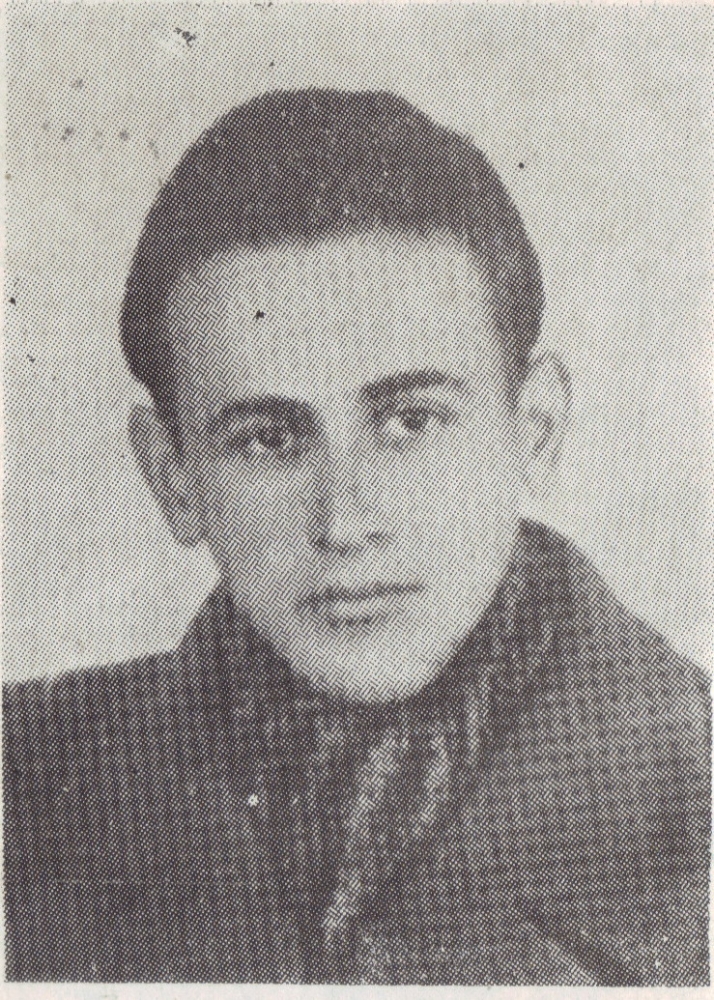
Paul Celan, a German-language poet from the post–WWII era, helped inspire Hammer’s interest in history.
One of those writers was Paul Celan, a poet from the post–WWII era. He spoke German, but he was of German-Jewish extraction, from Romania. He and his family were victims of the Holocaust, and he became an influential voice in German literature, writing about the intersection of language with personal identity in the face of historical realities. So while he was known as a German poet because that was his language, the German nation had sought to destroy him.
My interest was in how individuals define themselves. Through studying Celan and this time period, I came to understand the significant influence history has on personal identity.
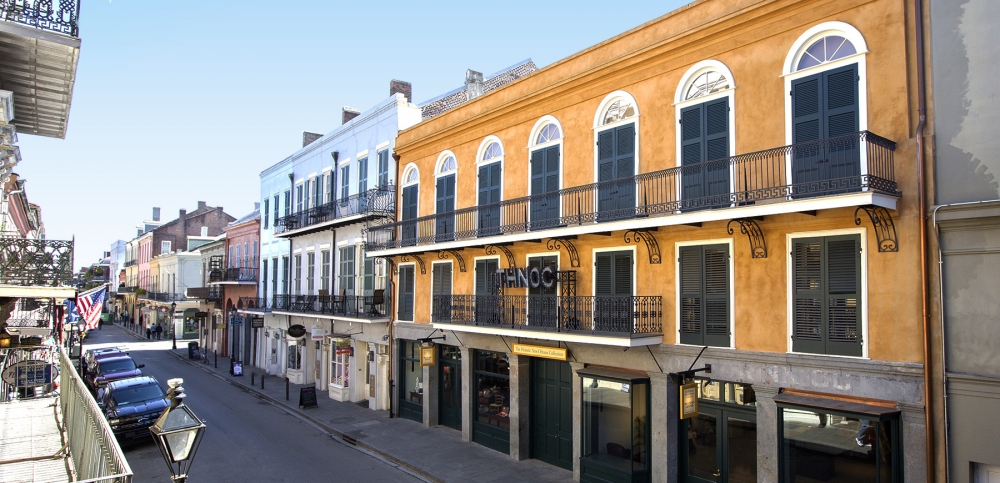
The Historic New Orleans Collection's new campus at 520 Royal Street represents a significant step forward for the institution. (Photograph by Keely Merritt)
EH: What do you think is the most pressing issue for THNOC today?
DH: Well, the ultimate goal for our institution is to be a critical resource for all people who are drawn to this one-of-a-kind city. As an institution, we have invested in growing our capacity to reach larger audiences. So we have built the new facility at 520 Royal Street, and we’ve also vastly expanded our storage facilities over the years, so that we can continue to expand our collections. We’ve expanded our publications program, our staff in general, and everything that we do, all because we want to help people better understand their relationship to history.
We need to be open-eyed, thoughtful, and engaged with the French Quarter—our home—and attentive to how it is used and perceived, as we pursue our institutional goals.
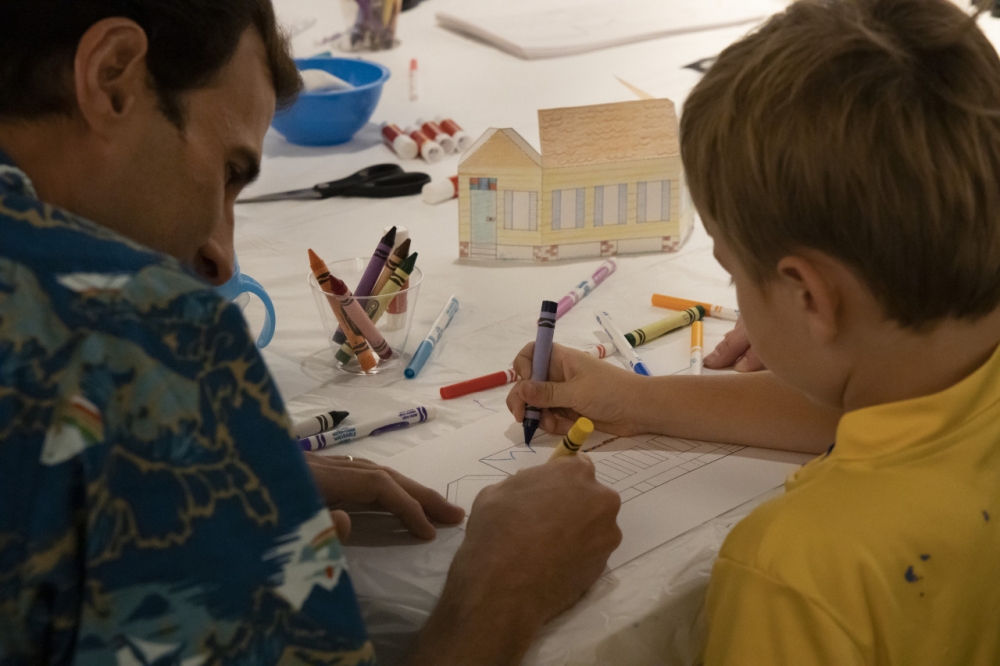
Hammer and son Henry color a New Orleans–style cottage at the Art of the City family day. (Photograph by Maria Degtiarenko)
The French Quarter is the oldest part of the city—its foundation. The historic fabric of the neighborhood is an irreplaceable storytelling tool. However, the French Quarter is also one of the world’s top tourist destinations and is widely perceived as a party place and a cash cow. For many people, both locally and around the world, the historic aspect of the French Quarter is a secondary attribute. But maybe the two perspectives aren’t mutually exclusive.
As we grow, we hope to do our part to sustain the French Quarter’s historic value. If more tourists experience the types of activities that we and other cultural institutions in the neighborhood offer, then more people—locals and tourists—will be able to understand that the future of this area is linked to the preservation of its past.
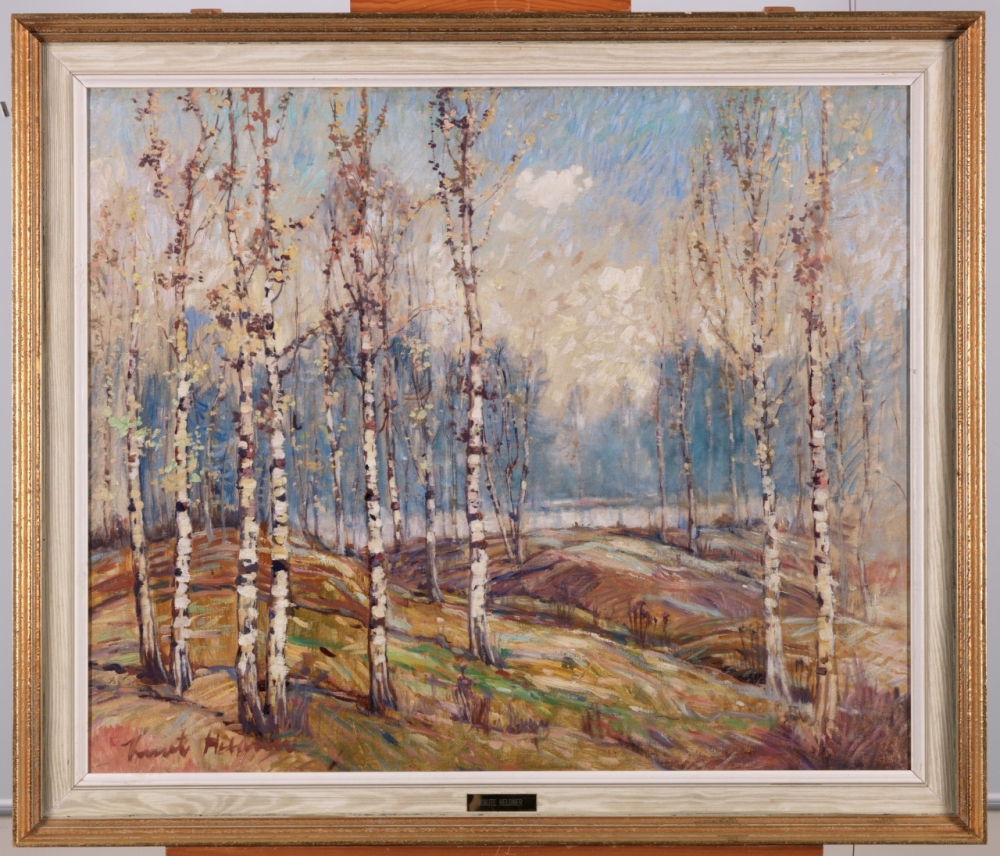
Knute Heldner’s Birches stands in contrast to the artist’s famous works of the French Quarter. The Swedish painter’s range of work reminds Hammer of New Orleans’s global connections. (Image courtesy of THNOC)
EH: The holdings of The Historic New Orleans Collection are not exclusively about the city proper. Tell us about one of your favorite items or collections that showcases the history and culture outside of New Orleans.
DH: There are lots of examples. Off the top of my head, Knute Heldner comes to mind. He was a Swedish-born artist who lived in New Orleans but spent a good deal of time in Minnesota. We have some of his paintings of forest scenes in Minnesota, which serve as a reminder of the fact that people who live here are connected to other places. New Orleans is a global city.
EH: How about a memorable museum experience you’ve had at another cultural institution?
DH: My single most memorable museum experience was going to the Egyptian Museum in Cairo, which is truly a world heritage place. Not just the city, the museum itself. I was there with a friend who was living in Cairo at the time as an exchange student. I was an exchange student in Germany, and during my spring break, I flew down to visit him. He told me that there were archaeologists in the basement of the museum doing excavations, using the recently discovered artifacts to modernize their inventories and update records. They were doing archaeology in the museum to define what they had, and I thought that was quite remarkable.
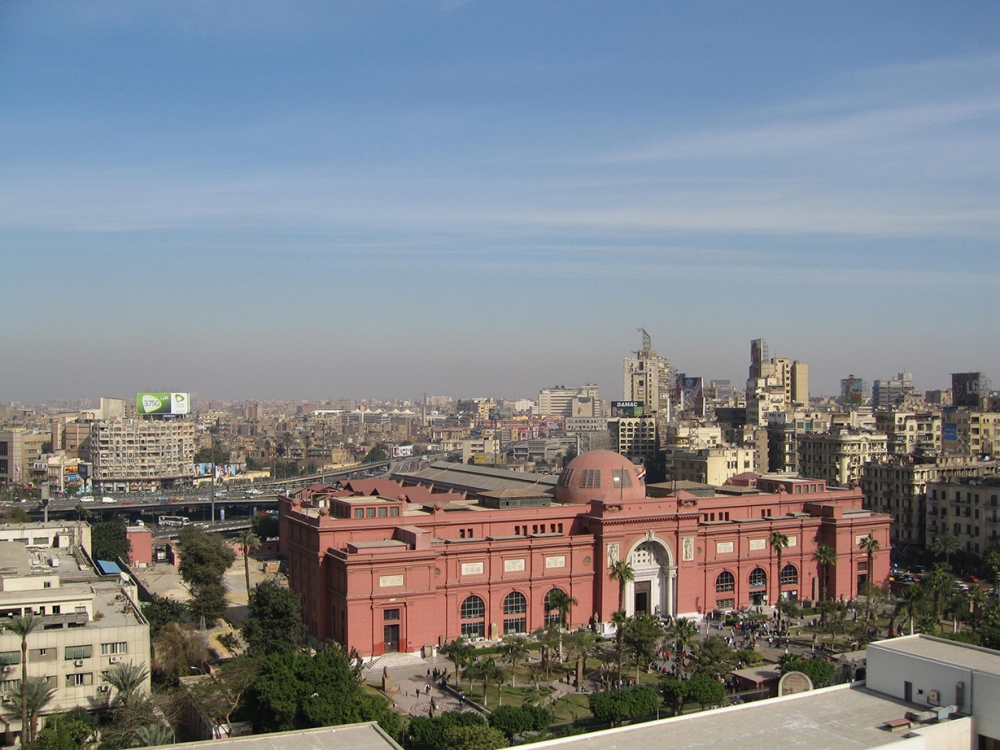
Hammer recalls a memorable experience at the Egyptian Museum, shown here, in which he was able to connect to history viscerally through objects. (Image courtesy of WikiCommons)
Then you wander through this vast museum and there are incredible objects, large monoliths, humongous stones that are so dramatic in their presentations. It’s just incredible—these tangible documents of human history. For me, the value of the experience wasn’t based in the factual history presented, it was the visceral connection to ancient humanity just through objects and being in their proximity.
EH: Let’s bring it back home. What is your favorite local restaurant?
DH: Home. I like eating at home.
EH: Really, why?
DH: You know, because it’s comfortable. I like to cook a bunch of things—various types of chicken dishes—baked chicken. I like to make shrimp, BBQ shrimp, boiled shrimp, fish.
EH: How about a place that “ain’t dere no more”?
DH: Oh man, well my favorite restaurant that ain’t dere no more is probably Sid-Mar’s, which was on the lakeside of the levee in Bucktown, where that big pumping station at the end of the 17th Street canal is located now. They had a little road that went down there, toward a footbridge that went over the canal, and there were some homes there and docks for boats, and Sid-Mar’s was down there. It was washed away during Katrina. They reopened in a different location later, but that’s now closed, too.
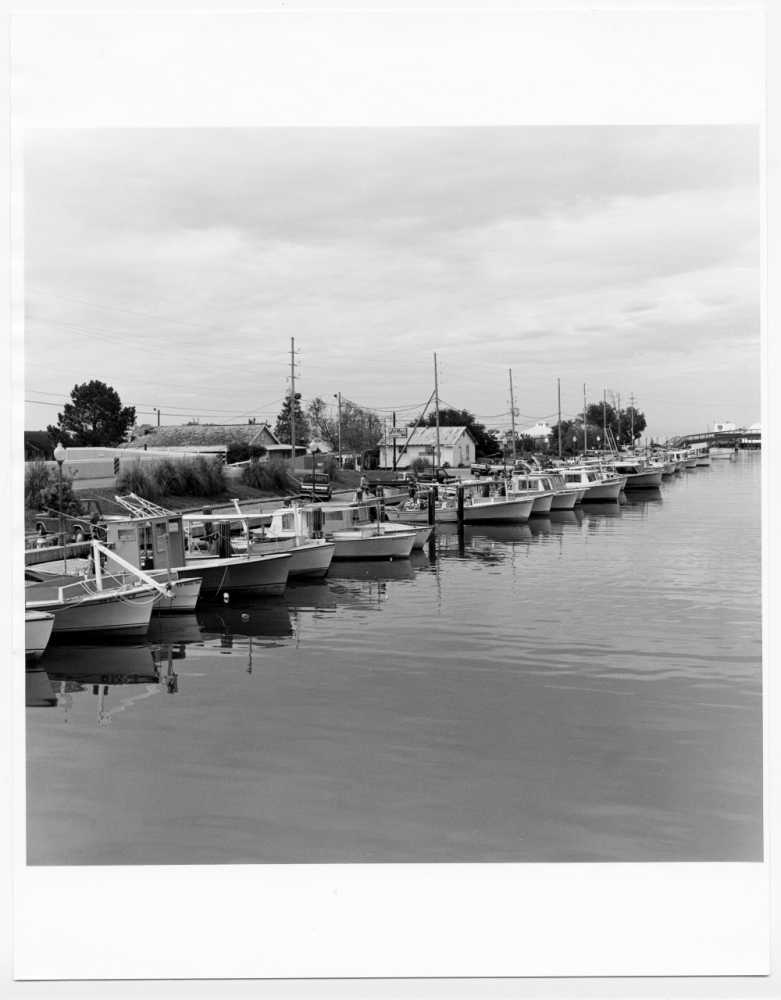
A 1994 photo of the 17th Street Canal includes Sid-Mar’s Seafood Restaurant on the left edge of the frame. The site is now a massive pumping station. (THNOC, 1994.138.27)
EH: Any favorites on the menu?
Definitely the corn and crab bisque, which was awesome, and I think I always just got a shrimp po-boy, something like that.
EH: Who is your favorite local celebrity of all time?
DH: Right now I’m a big Alvin Kamara fan, I really, really like that guy—
EH: What is it about him?
Well, I mean, first of all, he’s incredible as a football player. But I like his attitude toward being a star football player. He presents himself as someone who’s having a good time, and I think that’s what sports are supposed to be about. And my daughter loves Alvin Kamara. He’s her favorite player, and I like that because he’s out there having fun, which is good. But he’s also helping the team win, which is also good.
But I can’t deny the fact that Drew Brees is the greatest of all time, so if you’re asking me who my favorite is of all time, well, no disrespect to Alvin Kamara, but it’s Drew Brees, there’s no one better.
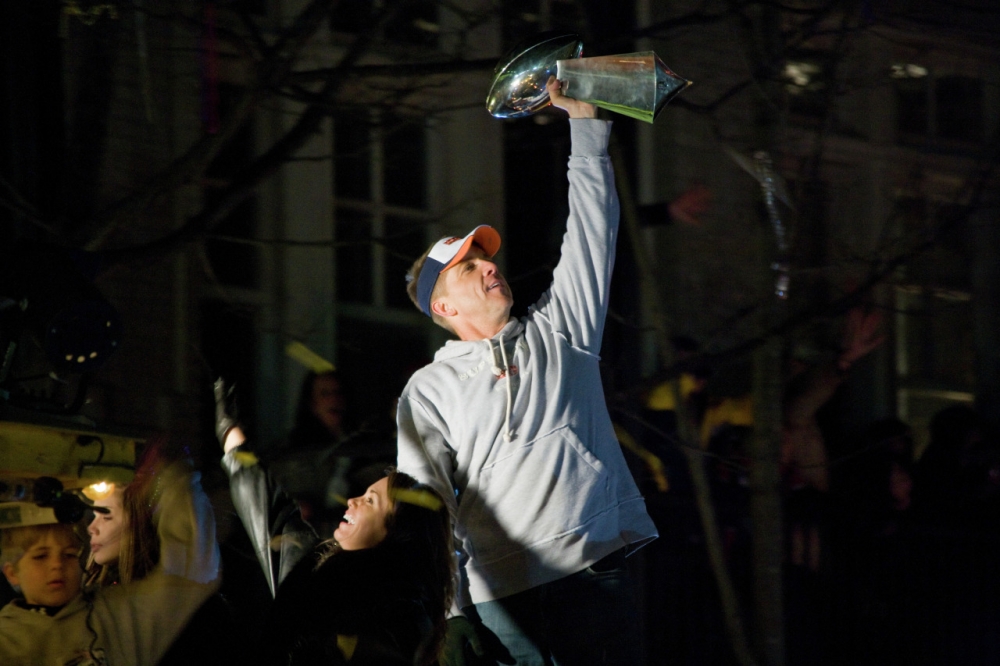
New Orleans Saints head coach Sean Payton hoists the Vince Lombardi trophy during the team’s Super Bowl victory parade, locally known as “Lombardi Gras.” Hammer is a diehard Saints fan. (Photograph by Keely Merritt)
So clearly, you’re a Saints fan. What’s your Sunday gameday ritual? How do you watch the games?
Well I’m very serious about not being superstitious, because I’m afraid that if I were superstitious, things that I did might have an impact on the outcome of the game, and I don’t want to live in a world where anything I do affects the outcome of the game.
So you’re superstitious about being superstitious…
I wouldn’t put it that way. I would just say that it’s very important to me to deny that connection.
What do you think you would be doing if you weren’t at THNOC?
Well my wife is from Sweden, and if we were to have moved there, I think I would operate a kiosk, which is like a bodega. That’s something a lot of immigrants to Sweden do. They usually serve things like hot dogs and mashed potatoes, but I would serve New Orleans food, and it would be a hit. I’m certain of its success.
EH: Okay, let’s close with some rapid-fire questions.
Favorite poboy?
DH: Shrimp.
EH: Favorite snoball?
DH: Nectar cream.
EH: Sidewalk or Neutral Ground?
DH: [long pause] Sidewalk.
EH: Pontchartrain Beach or 1984 World’s fair?
DH: World’s Fair.
EH: Steamboat or Streetcar?
DH: Streetcar.
EH: Favorite local festival?
DH: Lombardi Gras.
EH: Favorite book about New Orleans, or set in New Orleans?
DH: You know, I’ve always liked Fabulous New Orleans, the Lyle Saxon book.
EH: Favorite movie set or filmed in New Orleans?
DH: The James Bond movie, Live and Let Die.
Describe New Orleans in one word.
Home.

